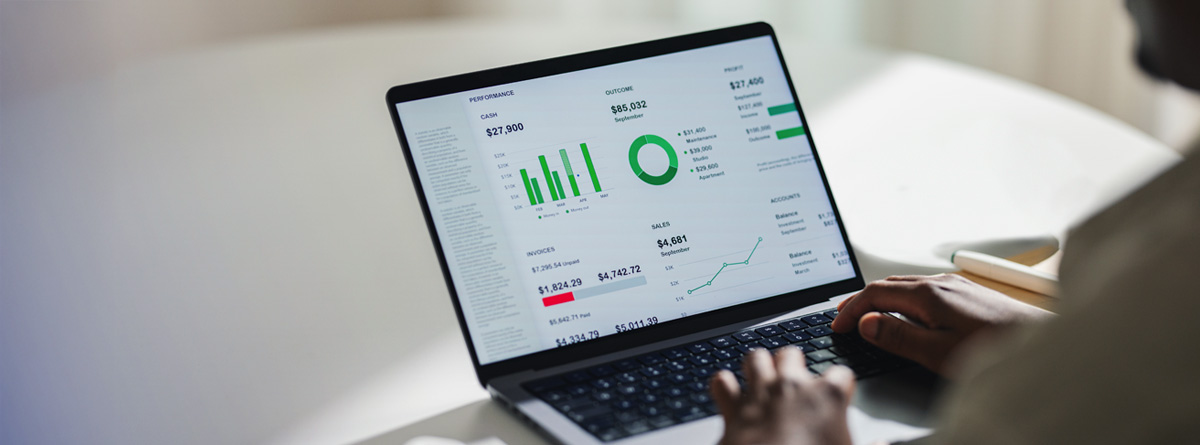Practical guide: how to verify news with automatic fact-checking
Share

Now that information flows incessantly, the ability to distinguish between fact and fiction has become crucial. In this context, automatic fact-checking has emerged as a vital tool for content verification, as a technological ally in the fight against hoaxes for news consumers.
This practical guide will help you understand how it works and how you can take advantage of it to navigate the complex landscape of information and disinformation that lies before us.
What is automatic fact-checking?
Automatic fact-checking is a process that uses integrated AI and advanced algorithms to verify the veracity of news in real time. It is like a digital lie detector that works tirelessly, analyzing thousands of articles and comparing them with databases of verified facts. And unlike traditional human fact-checking, automated systems can analyze thousands of claims in a matter of seconds, comparing them with databases of verified facts.
But what are the tasks performed by automated fact-checking?
- It collects the data. The software gathers information from various online sources, including news, social networks and websites in general.
- It processes natural language (NLP). It uses NLP techniques to understand the context and extract the key statements from the text.
- It compares with databases. The statements are checked against databases of verified facts and reliable sources.
- Analyze credibility. The reliability of the original source is evaluated and known patterns of disinformation are searched for.
- Classify it. The system classifies the information into the categories used by traditional fact-checkers such as “true,” “false,” “misleading,” or “needs more context.”
- Generate final reports. A report is produced detailing the results of the analysis and the sources used for verification.
Automated fact-checking systems are very useful for analyzing large volumes of information in real time, for detecting the early spread of disinformation, for providing quick verifications for journalists and readers, or for constantly monitoring news sources and social networks.

Fact-checking tools and strategies for news verification
In the fight against disinformation, there are various online fact-checking tools that readers can use to verify news. Some of the most popular include:
- Snopes. One of the oldest and most respected fact-checking platforms.
- PolitiFact. Specializes in verifying political statements.
- FactCheck.org. Offers detailed analysis of statements in the media.
- Google Fact Check Explorer. Aggregates verifications from various reliable sources.
For its part, fact-checking in Spain has also gained great relevance in recent years, with the emergence of several platforms dedicated to this task. Initiatives such as Maldita.es, which specializes in debunking false information; Newtral, which combines journalism and verification; and EFE Verifica, which is part of the EFE Agency and offers a professional approach to fact-checking, stand out.
The crucial role of the reader in the era of disinformation
But technology is not everything. Media literacy has become an essential skill in the digital age. As news consumers, we have a responsibility to question the information we receive, use fact-checking tools and share only verified information. Some practical tips for spotting fake news include:
- Verify the source and its reputation
- Search for the same news item in other reliable media
- Check the publication date
- Analyze the tone and language used
- Examine images for manipulation
This active approach not only protects us from misinformation, but also contributes to a healthier news ecosystem. By reporting suspicious content on social networks and news platforms, readers become active participants in the fight against hoaxes and the spread of fake news.
Limitations and future of automatic fact-checking
Despite its potential, it is important to recognize that automatic fact-checking still has its limitations. Current systems can have difficulties with sarcasm, humor or cultural nuances. In addition, human verification is still necessary for more complex or controversial cases.
In any case, the future of fact-checking is quite promising. With the continuous advancement of AI and machine learning, we can expect tools to become increasingly accurate and accessible. The integration of these technologies into news platforms and social networks could radically change the way we consume information, creating a more transparent and more trustworthy digital environment as well.
The impact of AI on the detection of manipulated content
In addition to fact-checking tools, it is important to mention the increasingly important role of artificial intelligence in the detection of manipulated content.

Tools such as VerifAI, developed by TU, specialize in detecting whether an image, video or audio file has been altered or generated entirely using AI. Although not a fact-checker per se, tools such as VerifAI can play a crucial role in verifying the authenticity of multimedia content, thus complementing more traditional fact-checking efforts.
Soy redactor publicitario y llevo más de 15 años creando contenidos sobre creatividad y tecnología. Muy fan de las redes sociales, la inteligencia artificial y el cine indie.





